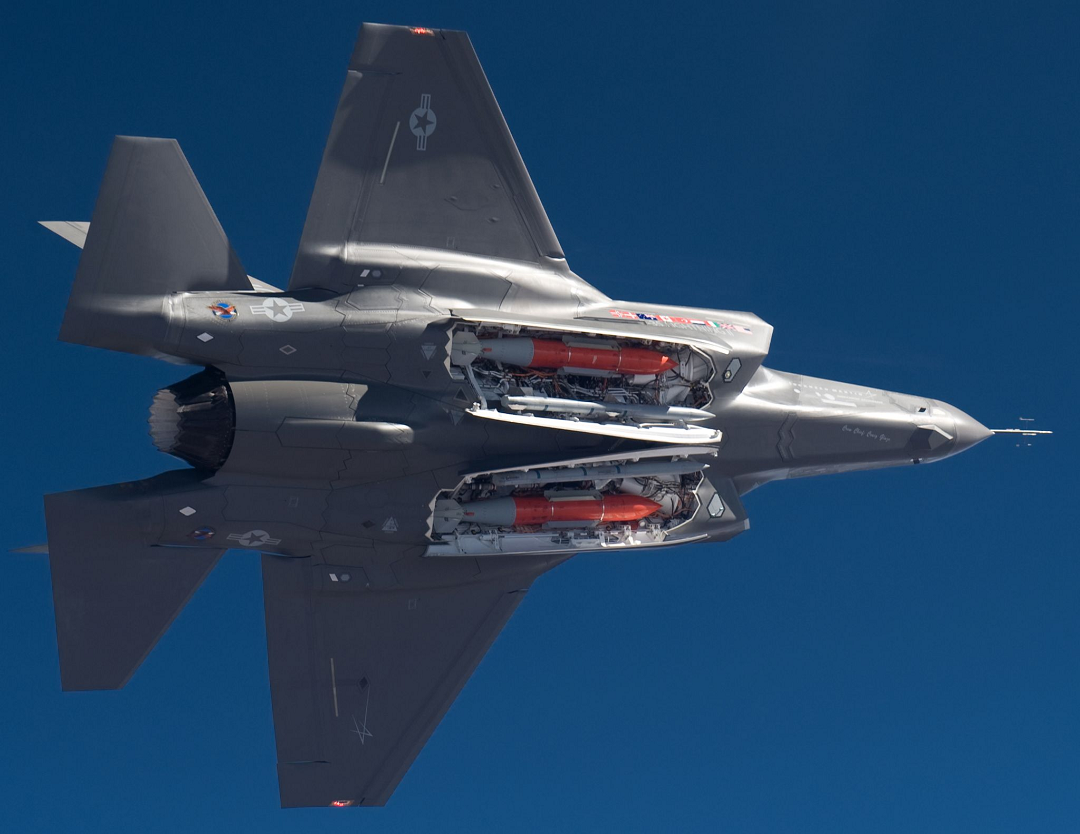
Photo: Los Alamo National Laboratory//Wikimedia Commons.
F-35 has "dual capability"
The US-made F-35A Lightning II fighter jets have been certified to carry the B61-12 free-fall bomb and have actually been certified since October 12, 2023.
The announcement was made by F-35 Joint Program Office spokesman Russ Goemaere in a statement to Breaking Defense magazine on March 8. The spokesman revealed that the 10-year certification program was completed ahead of schedule.
This means that the F-35A will now be considered “dual-capable,” able to be used in both conventional and nuclear warfare — and in the latter case, it will be armed with two B61-12 bombs, using ground-scanning sensors and data links to drop the bombs much more accurately than other B61-equipped aircraft.
Although the US Air Force has long used F-15E and F-16 aircraft with “N-wiring” mode to deploy nuclear weapons, the F-35A is the first stealth fighter with this capability.
Unlike the F-22 Raptor stealth air-to-air fighter, the F-35A was always designed to take over the tactical nuclear strike role of the F-16, the aircraft it was designed to replace. However, implementing this capability—along with the electronics and datalinks needed to support the B61-12’s capabilities—is tied to a massive (and expensive) upgrade program called Block 4.
This certification means that the development and testing of the B61-12's equipment features have been completed after "more than 10 years of effort."
Additionally, the US Air Force said that the nuclear strike capability is considered independent of the Block 4 upgrade, and that this certification will apply to all US Air Force F-35 aircraft. However, the F-35 is not certified to operate the B61-3 and B61-4 non-strategic bombs that the B61-12 bomb is designed to replace.
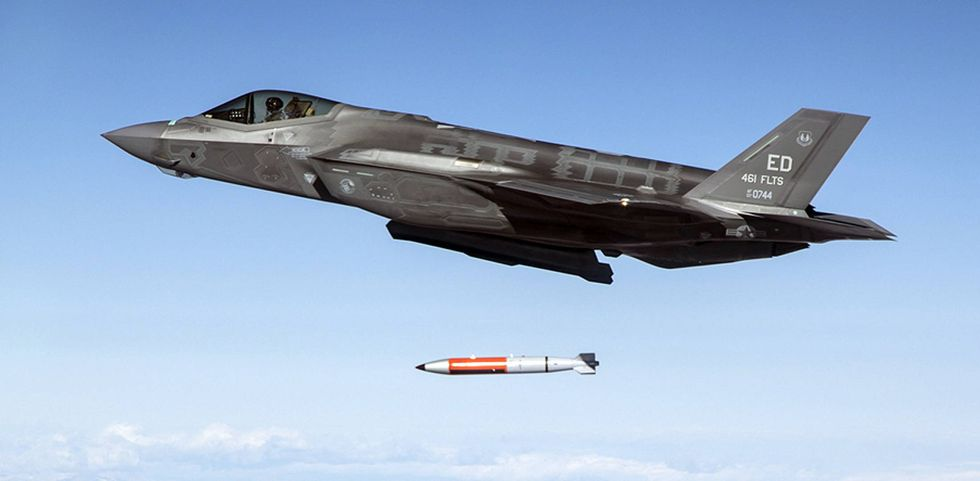
Photo: Los Alamo National Laboratory//Wikimedia Commons.
The US Air Force has gained a new method of delivering nuclear gravity bombs thanks to the F-35’s ability to penetrate airspace with a much lower risk of being detected early and attacked by surface-to-air missiles. The F-35 is also the second aircraft (besides the F-15E) compatible with the B61-12, a bomb that is much more accurate and has a greater range than its predecessors.
While stealth is not invulnerable – there are counter-stealth tactics – a stealth aircraft still has a much higher success rate in closing in on a target to deploy gravity bombs and returning to base than a non-stealth aircraft.
The US Air Force already operates the B-2, a long-range stealth bomber capable of delivering nuclear weapons, which will begin being equipped with the B61-12 in December 2023. It is also developing a successor to the B-21 Raider, which first flew in November. It also operates the F-117 Nighthawk, which is capable of dropping the B61. However, the F-117 is not a fighter, despite the 'F' in its name, as it is only capable of bombing and has no air-to-air combat capability.
Popular Mechanics has also reported on signs that China may be developing nuclear strike capabilities for its J-20 stealth fighter. Speculation that Russia’s Su-57 stealth fighter could also serve in a nuclear strike role also appears to be unfounded. So far, the aircraft has seen very limited production and operations.
The US has shared about 100 B61 tactical nuclear bombs with NATO allies Belgium, Germany, Italy, the Netherlands and Türkiye. And all of these countries, apart from Türkiye, are equipping the F-35A with the potential to deliver nuclear weapons, replacing the F-16 and Tornado in this role.
F-35A and B61-12 pair
The B61-12 is an upgraded version of the older B61 bombs that greatly improves the capabilities of these bombs by utilizing tail fins, rotary guided missiles, and navigation systems via GPS and inertial. This upgrade turns the older bomb into an extremely accurate glide bomb.
Their improved accuracy makes them much more likely to destroy a hardened nuclear weapons facility in a single strike. And even their relatively modest range makes them much safer for the aircraft they carry than traditional gravity bombs.
Even in the most limited of ways, nuclear weapons can have devastating consequences. But thanks to the strict rules governing the use of nuclear weapons that have been in place since World War II, any nuclear weapons – even “tactical” ones – that are used are used only as a last resort. The tactical arsenal is primarily designed to deter other nations from using their own tactical nuclear arsenals.
The F-35’s nuclear capabilities have led local lobby groups to oppose new F-35 bases, particularly in Vermont, on the grounds that they would put the region within range of Russian and Chinese nuclear strikes. The Pentagon has not disclosed which of its fighter squadrons are trained and equipped for nuclear missions. However, it’s worth noting that hundreds of non-stealth F-15 and F-16 nuclear-capable fighters are spread across the United States, so the F-35 would not change anything in that regard.
Nguyen Quang Minh (according to Popular Mechanics)
Source


![[Photo] Phuc Tho mulberry season – Sweet fruit from green agriculture](https://vstatic.vietnam.vn/vietnam/resource/IMAGE/2025/4/10/1710a51d63c84a5a92de1b9b4caaf3e5)


![[Photo] Prime Minister Pham Minh Chinh chairs meeting to discuss tax solutions for Vietnam's import and export goods](https://vstatic.vietnam.vn/vietnam/resource/IMAGE/2025/4/10/19b9ed81ca2940b79fb8a0b9ccef539a)
![[Photo] Summary of parade practice in preparation for the April 30th celebration](https://vstatic.vietnam.vn/vietnam/resource/IMAGE/2025/4/11/78cfee0f2cc045b387ff1a4362b5950f)

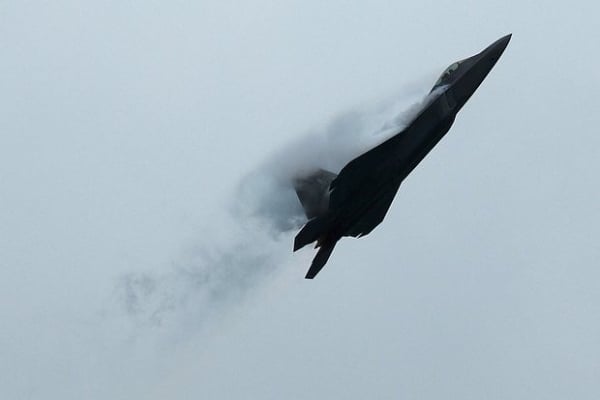



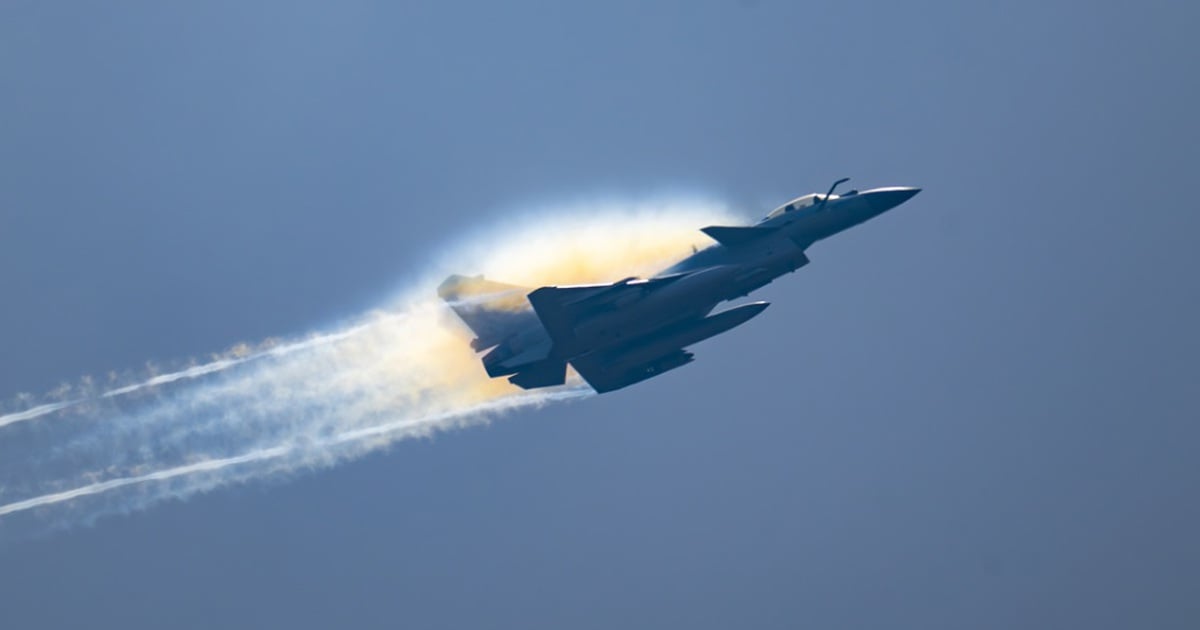


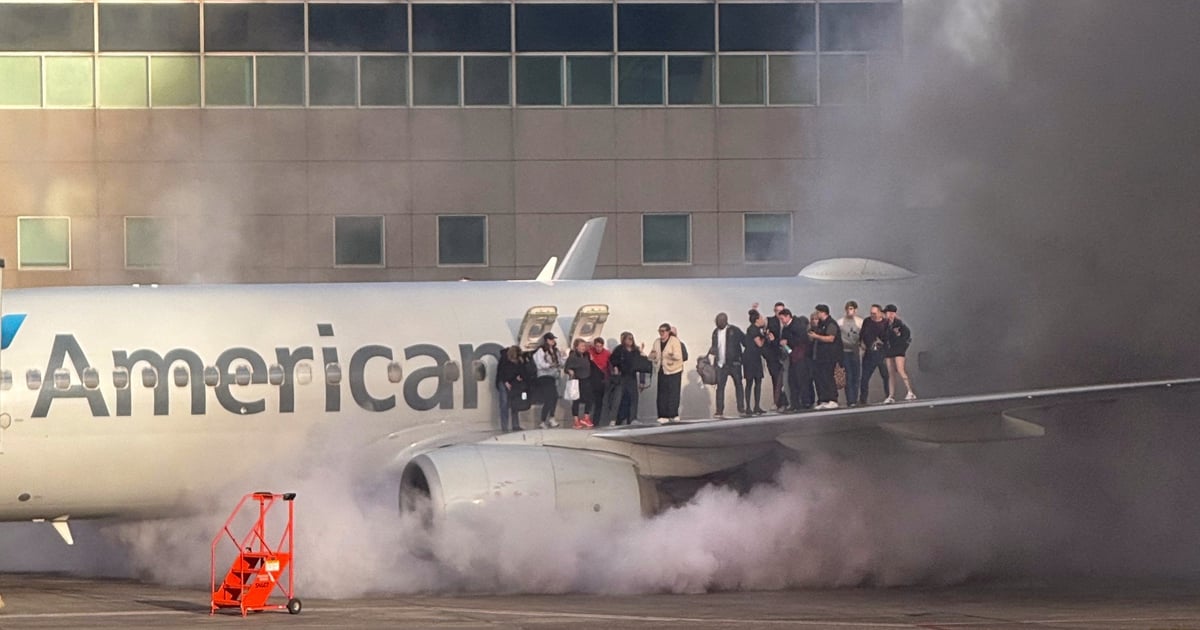
































































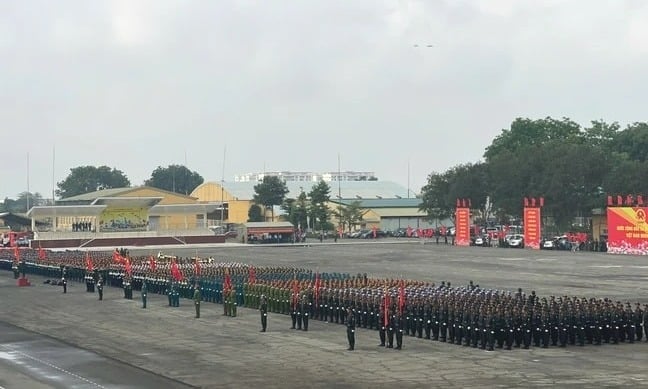


















Comment (0)